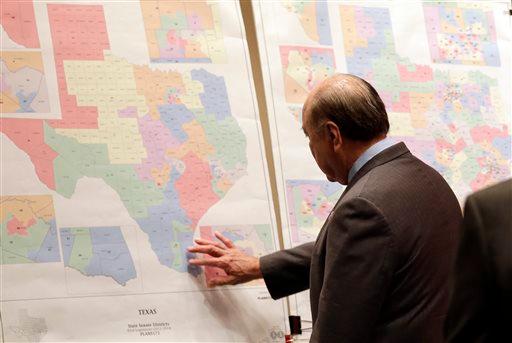The Democrat Congressional Campaign Committee (DCCC) revealed that they will target 22 districts for the 2022 midterm elections in their effort to keep their majority in the U.S. House of Representatives.
Democrats will be safeguarding a slim majority with 220 members against 211 Republicans and 4 vacancies, and are preparing to defend their lead going into the 2022 redistricting cycle, in which states redraw the boundaries for both their congressional and state legislative districts according to the 2020 Census data that is to be published.





